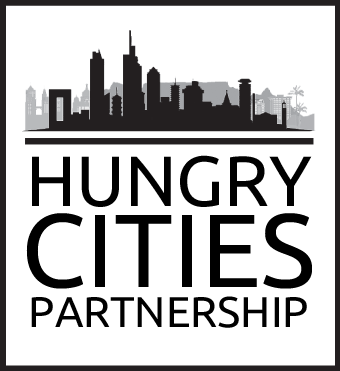Document Type
Hungry Cities Report
Publication Date
2017
Department
Balsillie School of International Affairs
Abstract
Kingston is a colonial city and, like the country of Jamaica more generally, was the product of early mercantilism moulded by colonialism, sugar plantations and slavery. As Jamaica’s capital, Kingston is an economic and administrative hub with a social geography marked by many of the characteristic fissures of emerging cities in transition economies. Its population is fed by a combination of food imports and domestic production from agricultural areas across the island. The key trading point for fresh produce flows into Kingston is Coronation Market in the city centre. Between 60% and 70% of fruit and vegetables arriving at Coronation Market are re-distributed through other wholesale markets in and around Kingston. Domestically produced foods flow into Kingston largely through Jamaica’s higgler system. These informal vendors perform many functions as market intermediaries, including trade, harvesting, post-harvest processing, re-distribution and sales. Jamaicans spend an average of 43% of their income on food; a figure significantly influenced by price shocks. Some of these shocks are the result of severe weather conditions, including cyclones with excessive rains as well as drought. While there is a strong preference for domestically produced goods, cheaper prices and perceived safety of imports entice consumers. Jamaica has also moved increasingly towards a higher fat, more refined diet, resulting in higher rates of obesity and nutrition-related chronic diseases.
Recommended Citation
Thomas-Hope, E., Kinlocke, R., Ferguson, T., Heslop-Thomas, C. & Timmers, B. (2017). The Urban Food System of Kingston, Jamaica (rep., pp. i-34). Waterloo, ON: Hungry Cities Partnership. Hungry Cities Report, No. 4.
Included in
Food Studies Commons, Human Geography Commons, Politics and Social Change Commons, Urban Studies and Planning Commons


